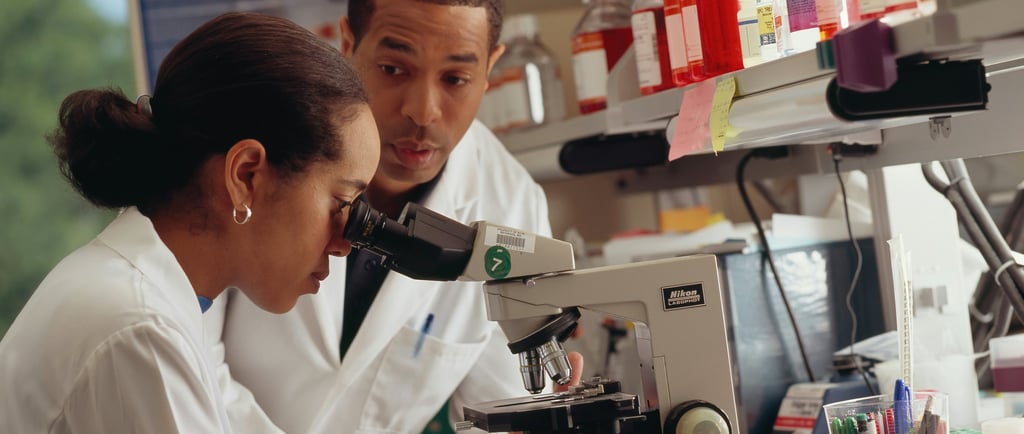🔬 Living Intelligence: Fusion of AI, Biotech & Advanced Sensors
Discover Living Intelligence—the fusion of AI, biotech, and sensors. Learn how generative biology AI and smart biosensors are shaping future technologies.
Simran
7/15/20252 min read


In the rapidly evolving world of science and technology, a new frontier is capturing the imagination of researchers and futurists alike—Living Intelligence. This revolutionary concept explores the fusion of Artificial Intelligence (AI), biotechnology, and advanced sensing systems to create responsive, adaptive, and self-improving biological technologies.
🌿 What is Living Intelligence?
Living Intelligence refers to systems that blend AI algorithms, biological processes, and smart sensor networks to create semi-autonomous or self-regulating platforms. These platforms can respond to their environments, process real-time data, and adapt like living organisms. Think of it as the sensor-biotech convergence designed to mimic biological cognition using machine learning and synthetic biology.
This concept is gaining traction due to its immense potential across health tech, agriculture, environmental monitoring, and synthetic biology.
🤖 The Role of Generative Biology & AI
At the heart of this transformation lies Generative Biology AI—a powerful synergy where generative AI models are trained on biological datasets to simulate, predict, and even design new molecules, enzymes, and organisms. These AI tools can:
Model protein folding in real time.
Predict cellular behavior under stress.
Generate synthetic genomes for testing pharmaceutical compounds.
One prominent example is DeepMind’s AlphaFold, which uses AI to predict protein structures. Companies like Ginkgo Bioworks and Recursion Pharmaceuticals are leveraging similar technologies to create "biofactories" that can sense, adapt, and evolve.
💡 Keyword Tip: Use "generative biology AI" naturally in content where describing how AI creates life-like biological simulations.
🧠 Sensor-Biotech Convergence: The Future of Sensing
Another critical piece of the puzzle is sensor-biotech convergence. These systems integrate nano-sensors, biosensors, and wearable devices into biological networks or even within living tissues. Combined with AI, they enable:
Real-time glucose monitoring
Precision agriculture via soil-bacteria sensors
Early disease detection through sweat or saliva biomarkers
Imagine a wearable patch that uses live cells embedded in a biosensor to detect cortisol levels and feed that data to an AI model which suggests stress-reducing interventions—this is living intelligence in action.
🌍 Applications of Living Intelligence
Smart Prosthetics: Embedded sensors and neural AI models allow for real-time adaptation in artificial limbs.
Precision Agriculture: AI-powered sensors monitor soil nutrients, rainfall, and microbial activity to guide crop decisions.
Biofactories: Engineered cells programmed by generative biology AI can produce pharmaceuticals and sustainable biofuels.
Healthcare: Living biosensors detect abnormalities in bodily fluids and trigger automated therapeutic responses.
✅ Conclusion
Living Intelligence isn't science fiction—it's the next logical step in the evolution of intelligent systems. As generative biology AI designs new organisms and sensor-biotech convergence powers real-time adaptation, the line between biology and machine blurs. The future is not just smart—it's alive.
#LivingIntelligence #GenerativeBiologyAI #SensorBiotechConvergence #AIinBiotech #SyntheticBiology #SmartSensors #Bioengineering #FutureOfScience #WearableBiosensors #NextGenTech
❓FAQs
Q1: What is Living Intelligence?
A: Living Intelligence refers to the integration of AI, biotechnology, and advanced sensors to create systems that mimic biological intelligence. These systems can sense, respond, and adapt to environmental changes, making them semi-autonomous and life-like.
Q2: How does Generative Biology AI work?
A: Generative Biology AI uses deep learning models trained on biological data to predict, simulate, or design biological components—such as proteins, genes, or cells. This helps researchers discover new treatments, optimize bio-manufacturing, and advance synthetic biology.
Q3: What is meant by sensor-biotech convergence?
A: Sensor-biotech convergence is the fusion of biosensors and AI-enabled technologies with biological systems to monitor and influence real-time changes in health, environment, or agriculture. It enables intelligent, data-driven decisions.
Q4: Where is Living Intelligence being used?
A: It’s being used in fields like smart prosthetics, biofactories, personalized medicine, wearable biosensors, precision agriculture, and disease monitoring.
Q5: Is Living Intelligence a future technology or in use today?
A: While still in early stages, many real-world applications exist today—such as AI-powered protein folding, smart drug design, and wearable health sensors. It's evolving rapidly toward mainstream adoption.